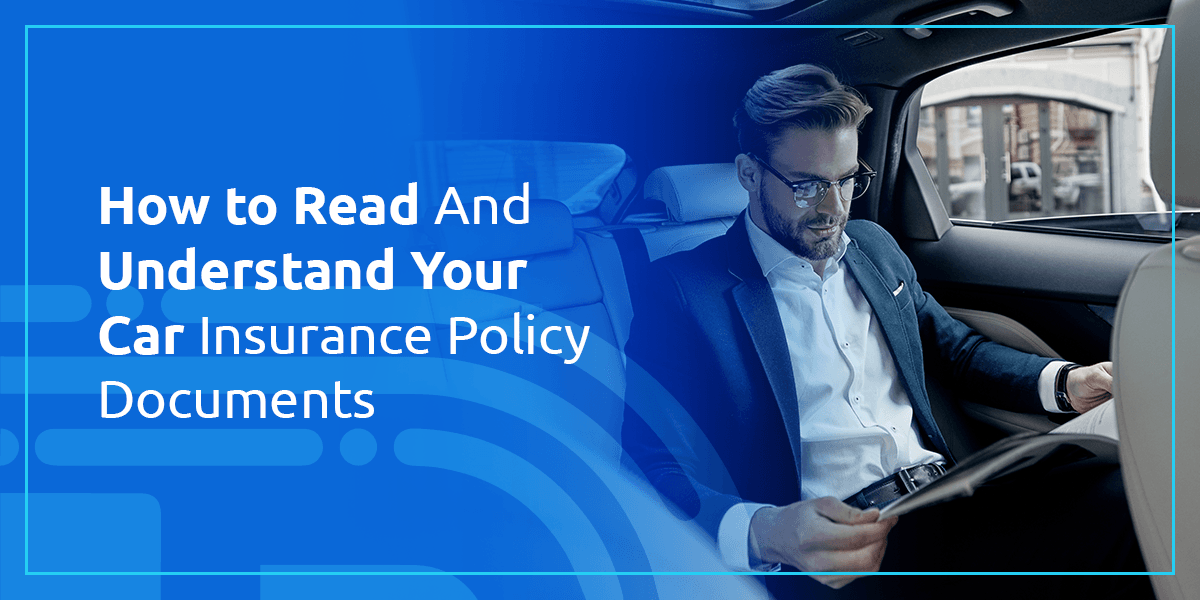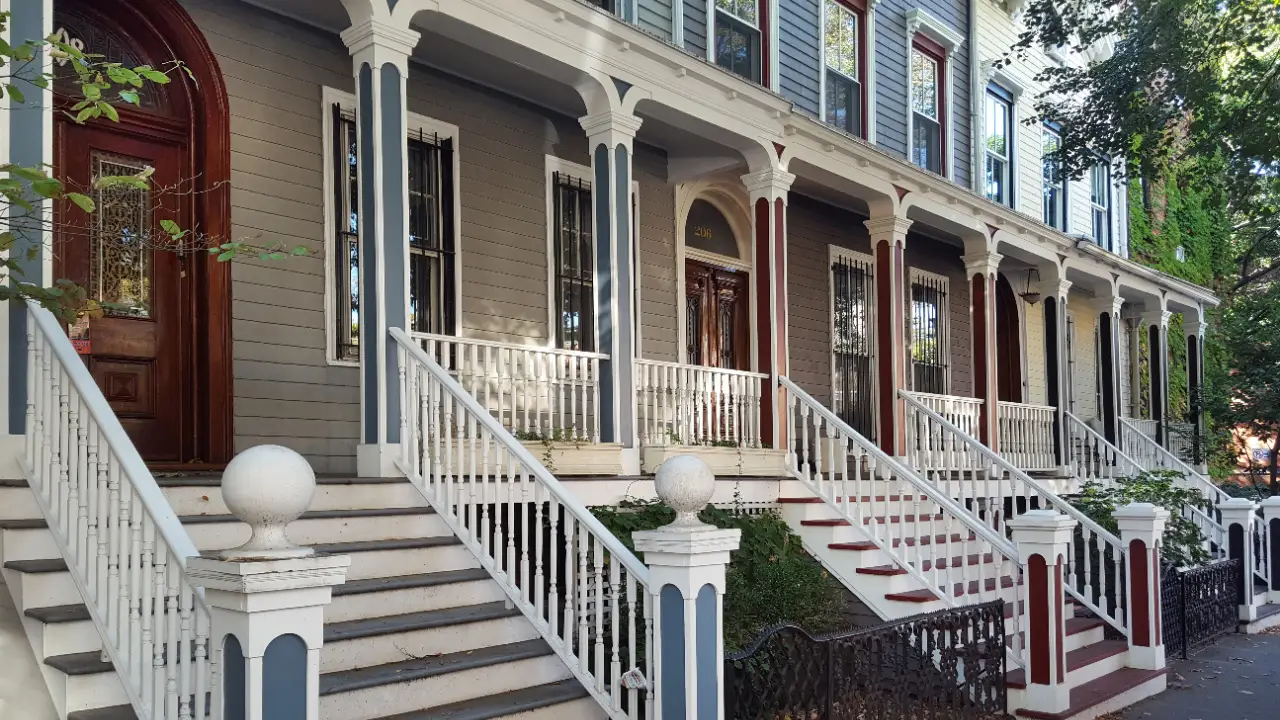Finding Your Perfect Place: A Guide to Choosing a Neighborhood in the US
Finding Your Perfect Place: A Guide to Choosing a Neighborhood in the US
The saying goes “location, location, location” for a reason. When it comes to finding a home in the US, the neighborhood you choose can significantly impact your daily life and overall happiness. It’s more than just an address; it’s your community, your vibe, and the backdrop to your everyday experiences.
Whether you’re a young professional, a growing family, or an empty nester, there’s a perfect neighborhood out there waiting for you. But with so many options, how do you narrow down your search and find the place that truly ticks all your boxes? This guide will explore the key factors to consider when choosing a neighborhood in the US, along with resources to help you with your research.
The Big Four: Essentials for Every Lifestyle
Every neighborhood offers its own unique character, but there are some fundamental aspects to consider that are important for almost everyone. These are the “Big Four” – the essential factors that will significantly impact your quality of life.
-
Safety and Security: Feeling safe and secure in your surroundings is paramount. Research local crime rates, particularly for property crime and violent crime. Look for neighborhoods with good street lighting, well-maintained sidewalks, and a sense of community involvement. Many cities and towns provide online crime maps that can be a helpful resource. You can also talk to local residents or real estate agents to get a feel for the general safety vibe.
-
Commute Times: Think about how far you’re realistically willing to travel to get to work or school. Consider your preferred mode of transportation – car, public bus, bike, or walking. Traffic congestion can significantly add to commute times, so factor that in during your research. Websites like Google Maps or Waze can help you estimate commute times based on different traffic conditions.
-
Amenities: Access to essential amenities plays a big role in daily convenience. This includes grocery stores, pharmacies, banks, gas stations, and other everyday necessities. Think about how important it is to have these things within walking distance or a short drive. Additionally, consider the amenities that enhance your lifestyle – parks, libraries, gyms, restaurants, cafes, entertainment options – and prioritize neighborhoods that offer the ones you value most.
-
Schools (if applicable): For families with children (or those planning to have them), the quality of the local schools is a major deciding factor. Research school district ratings, graduation rates, and academic performance. Consider factors like class sizes, extracurricular activities, and the overall educational philosophy. Many websites like GreatSchools.org or Niche provide comprehensive school district reports.
Beyond the Basics: Finding Your Niche
Once you’ve narrowed down your options based on the Big Four, it’s time to delve deeper and explore the unique character of each neighborhood. Here are some additional factors to consider:
-
Lifestyle and Vibe: Does the neighborhood have a young, trendy vibe, or is it more established and family-oriented? Is there a strong sense of community, or is it a more transient area? Consider your own personality and preferences. Do you crave a lively nightlife scene or a quiet place to relax?
-
Cost of Living: Housing costs can vary significantly between neighborhoods. Factor in rent or mortgage prices, along with property taxes and the general cost of everyday essentials. Look for a neighborhood that aligns with your budget and financial goals.
-
Housing Options: The type of housing available will depend on your needs and preferences. Are you looking for a single-family home, a condo, an apartment, or a more unique option like a loft or townhouse? Consider the age and style of the housing stock in the different neighborhoods you’re exploring.
-
Walkability and Bikeability: If you enjoy an active lifestyle, prioritize neighborhoods with good walkability and bike infrastructure. Look for sidewalks, bike lanes, and proximity to parks and green spaces.
-
Access to Nature: Do you crave easy access to outdoor recreation? Research neighborhoods with parks, trails, lakes, or rivers. Consider the proximity to green spaces and how important that is to your overall well-being.
Researching Your Options: Tools and Resources
Now that you know what to look for, it’s time to start researching specific neighborhoods. Here are some valuable resources to help you on your journey:
-
Real Estate Websites: Websites like Zillow, Trulia, and Realtor.com allow you to search for homes in specific neighborhoods and often provide information about the surrounding area, including schools, amenities, and demographics.
-
City and Town Websites: Most city and town websites offer information about neighborhoods, including parks, libraries, community centers, and public transportation options. They may also have crime statistics and other relevant data.
Beyond Websites: Experiencing the Neighborhood
While online research is crucial, there’s no substitute for experiencing a neighborhood firsthand. Here are some ways to get a feel for the place:
-
Drive or Walk Through the Neighborhood: Take a tour during different times of day and on weekdays and weekends. This will give you a sense of the traffic patterns, noise levels, and overall activity.
-
Visit Local Businesses: Grab a coffee at a local cafe, browse stores, or have dinner at a restaurant. Pay attention to the people you encounter and the overall vibe of the place.
-
Talk to Residents: Strike up conversations with people you see walking their dogs, gardening, or enjoying the outdoors. Ask them about their experiences living in the neighborhood – what they love, what they would improve, and their general recommendations.
-
Attend Community Events: Check local calendars for neighborhood festivals, farmers’ markets, or block parties. This is a great way to immerse yourself in the community spirit and get a feel for the people who live there.
-
Connect with a Local Realtor: A good real estate agent can be a valuable resource with in-depth knowledge of the different neighborhoods in their area. They can offer insights into hidden gems, upcoming developments, and overall market trends.
Beyond the Neighborhood: Considering the Bigger Picture
While the neighborhood itself is a major factor, it’s also important to consider the broader context:
-
The City or Town: Research the overall vibe of the city or town. What is its economic climate like? What cultural attractions and events does it offer? How does the political landscape align with your values? Understanding the city or town will give you a better sense of how the neighborhood fits into the bigger picture.
-
The Region: Consider the surrounding region. Are you close to major highways or airports? What is the access to public transportation like? What recreational opportunities does the region offer (beaches, mountains, etc.)?
Making the Final Decision
Choosing a neighborhood is a personal decision, and there’s no one-size-fits-all answer. Weigh the different factors based on your priorities and lifestyle needs. Don’t be afraid to make a list of pros and cons for each neighborhood you’re seriously considering.
Ultimately, the perfect neighborhood is the one that feels like home. It’s a place where you feel safe, comfortable, and connected to the community. Take your time with your research, explore different options, and trust your gut feeling to guide you towards the place that best suits your life.
Bonus Tip: Consider the Future
While prioritizing your current needs, don’t forget to think about the future. If you plan to have children, factor in school quality. If you’re nearing retirement, consider accessibility and a slower pace of life. Choosing a neighborhood with some growth potential can also be a good investment strategy.
Congratulations!
With this comprehensive guide and a bit of research, you’re well on your way to finding the perfect neighborhood in the US. Remember, it’s an exciting journey, so embrace the exploration process and enjoy discovering your new home!










